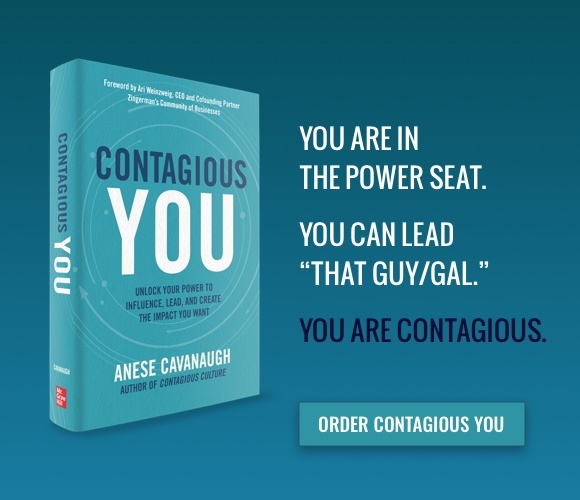What kind of impact do you intend to have today?
It’s one thing to mean well — it’s another to actually create the impact you want.
Setting clear intentions (whether for yourself or with your team) saves time, energy, and resources while bringing focus and alignment.
You are always making an impact, and you have the power to consciously set an intention for how you want to experience each moment and how you show up for others. If you don't set a conscious intention, the default, unconscious intention takes over — leading to the feeling that "life is happening TO me."
The IEP Method® (Intentional Energetic Presence®), created by Anese and used by Active Choices, Inc., includes the 5 Steps to Intentional Impact to help you show up intentionally and create the impact you want.
With packed schedules, back-to-back meetings, and dynamic challenges, it can be hard to stay present and intentional. That’s why these five steps are so valuable to practice personally and with your team.
.png)



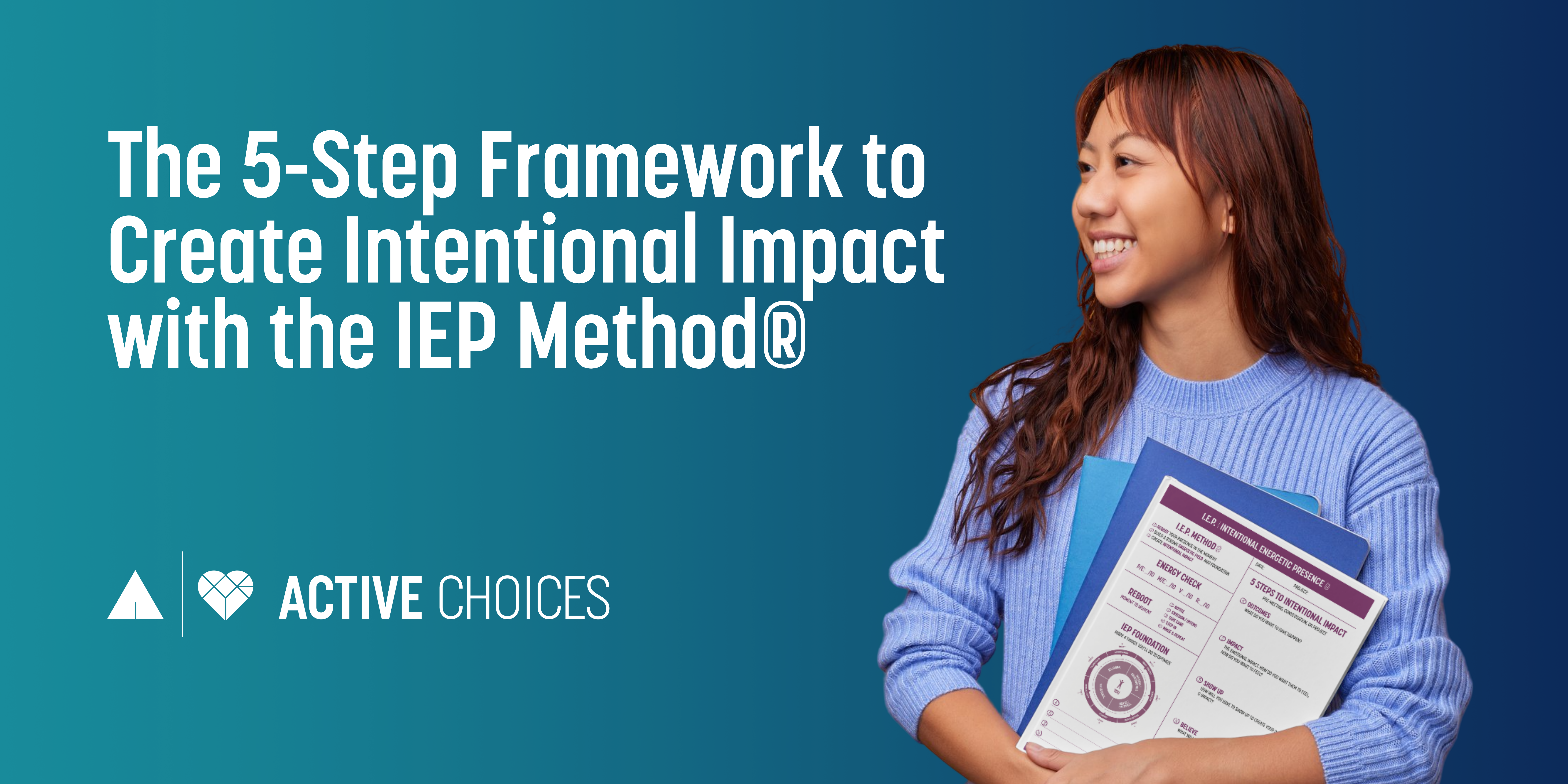
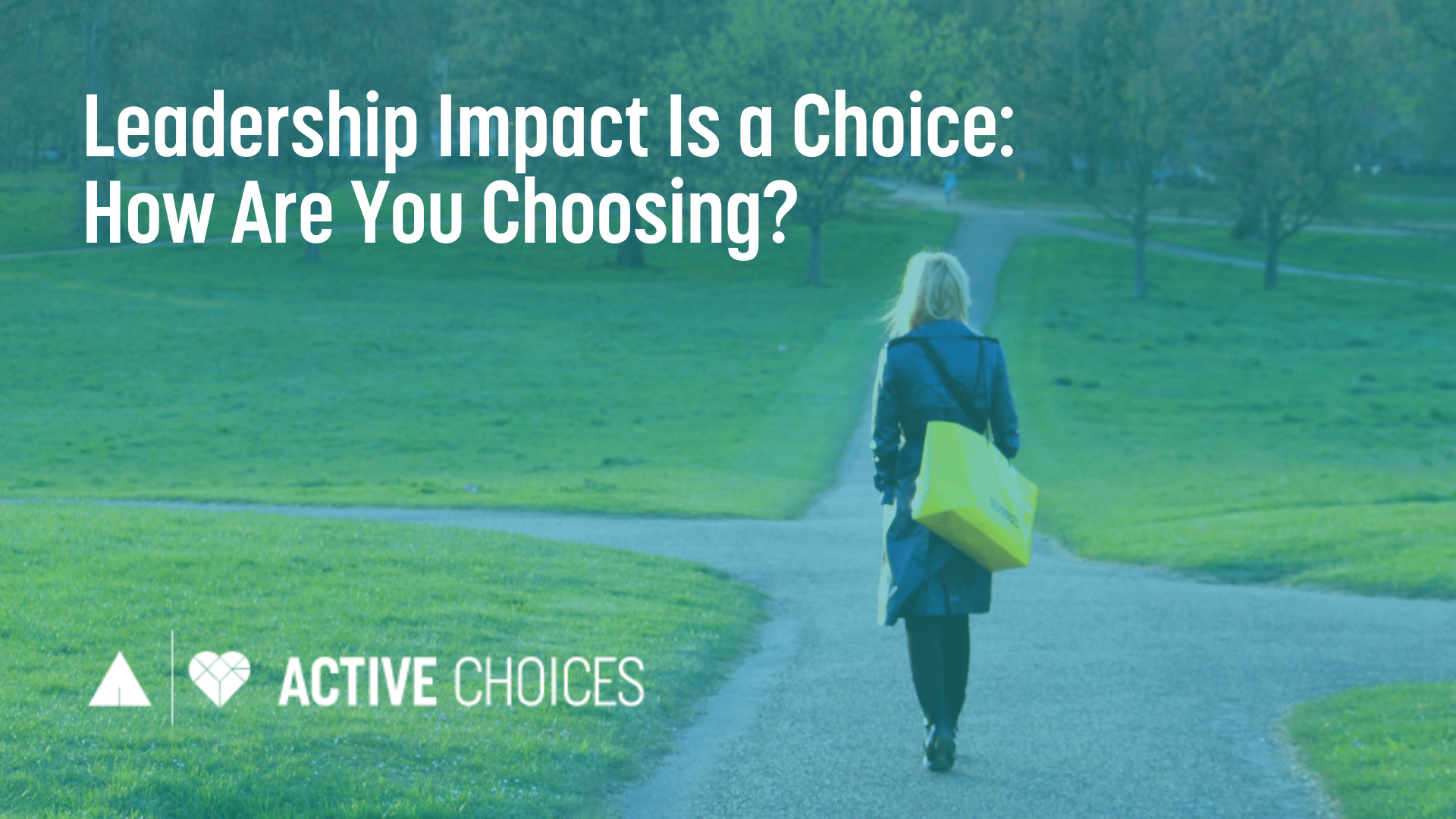
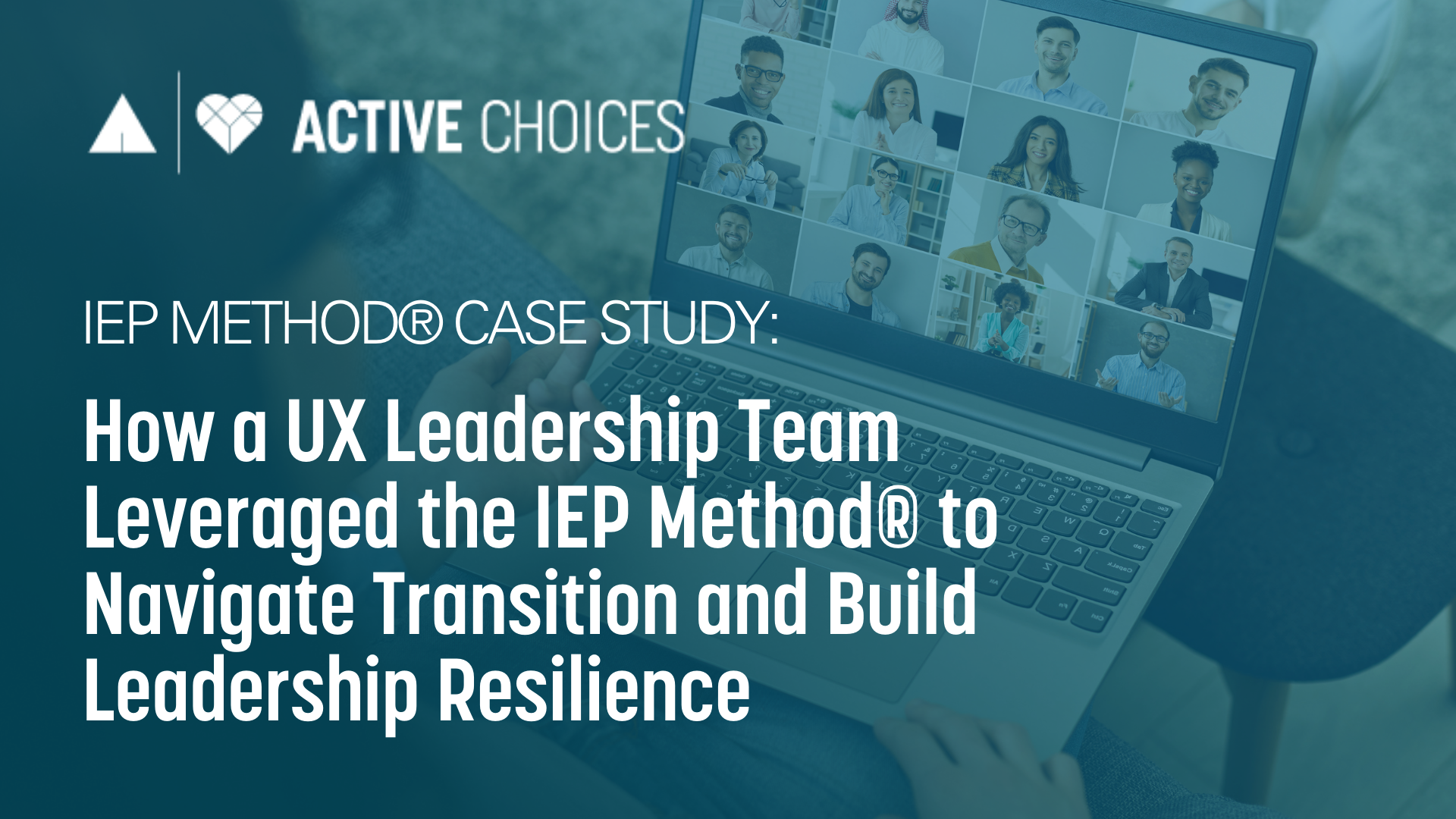
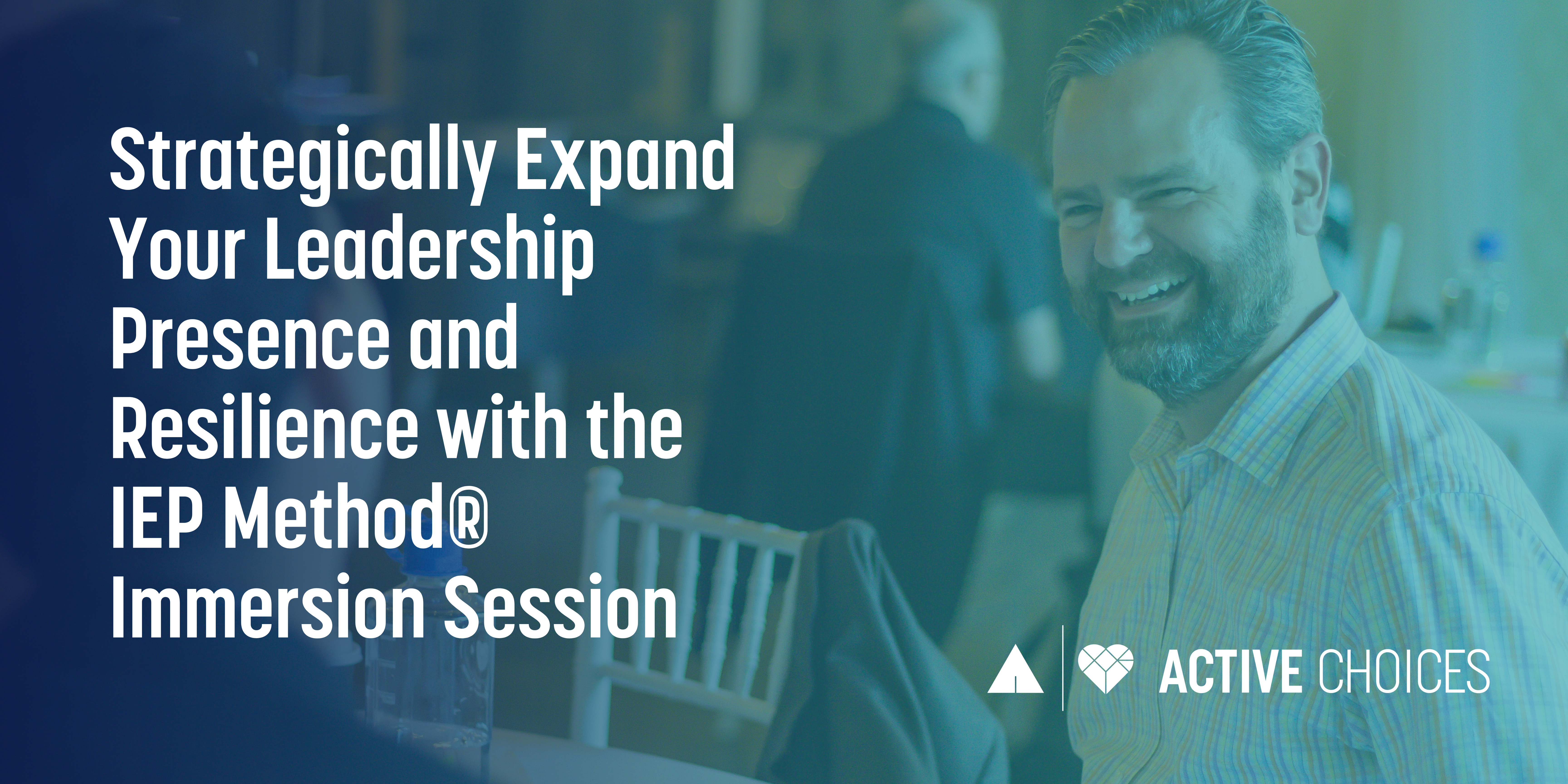
.png)
